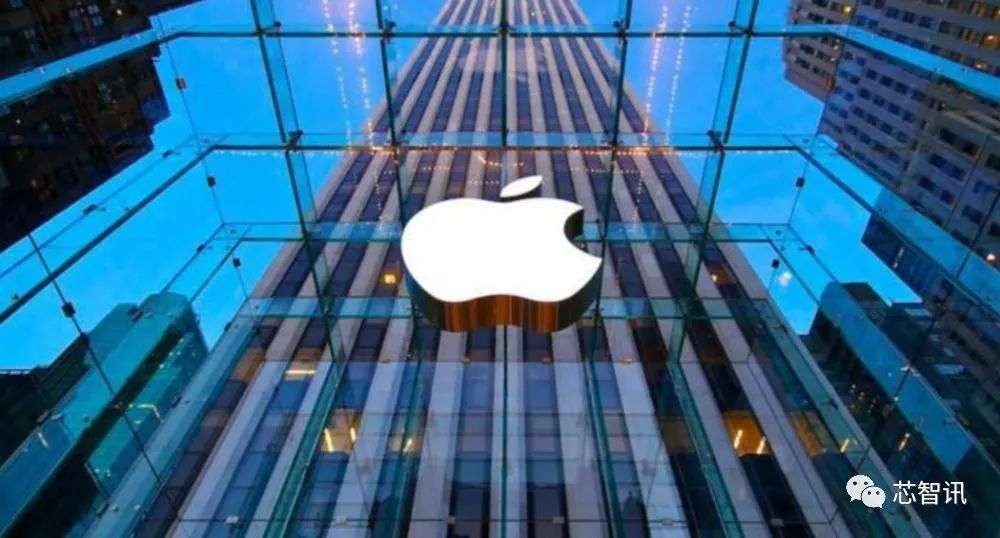Apple’s “Semiconductor Design Center” is located in Karlstrasse, the center of Munich, and Apple plans to move into a new office building by the end of 2022.
Editor’s note: This article is from the micro-channel public number “core Intelligence”: the author (ID icsmart): Core Intelligence Rogue sword.
March 11 news, according to foreign media reports, Apple has recently officially announced the establishment of a “Semiconductor Computing Center” in Munich, focusing on the development, integration and optimization of wireless modems for Apple products, and the creation of 5G and future technologies. Apple plans to invest more than 1 billion euros (approximately 7.739 billion yuan) in the next three years to strengthen research and development progress.
According to reports, Apple’s “Semiconductor Design Center” is located in Karlstrasse, the center of Munich. Apple plans to move into a new office building by the end of 2022. This area will become the location of Apple’s growing mobile phone division, which is also Europe’s largest mobile wireless semiconductor. And software research and development base.
Apple CEO Tim Cook said: “I am extremely excited about what the Munich engineering team has discovered-from exploring new areas of 5G technology to bringing speed and connectivity to the world New generation technology.”
As we all know, the processors of Apple’s iPhone/iPad/Apple Watch and other products currently use Apple’s self-developed A-series processors. Last year, Apple also launched a self-developed M1 processor and used it in On some Mac and Macbook products. However, the communication baseband chip is still Apple’s weakness.
Although Apple has been planning to develop its own baseband chips, the progress is slow. After all, this field requires deep technology and patent accumulation. The baseband chips of many generations of iPhone before 2018 were mainly supplied by Qualcomm.
Due to the serious disputes that broke out between Apple and Qualcomm in early 2017, the two parties also filed patent lawsuits around the world, leading to Apple abandoning Qualcomm’s baseband chips in 2018 and turning to cooperation with Intel. In 2018, Apple released three new models of the iPhone Xs/Xs Max/SE series, all of which used Intel’s 4G baseband chips. However, due to subsequent obstacles in the development of Intel’s 5G baseband, Apple soon returned to Qualcomm’s embrace.
In the early morning of April 17, 2019, Beijing time, Apple and Qualcomm reached a settlement agreement, and the two parties withdrew their global legal proceedings. According to the settlement agreement, AppleUsed in some new iPhone products, after large-scale verification and optimization of the new iPhone (self-developed baseband and Qualcomm baseband) in 2023, in the second half of 2024, Apple is expected to fully use self-developed 5G baseband chips to replace Qualcomm’s 5G baseband. chip. By then, the agreement between Apple and Qualcomm has expired.
